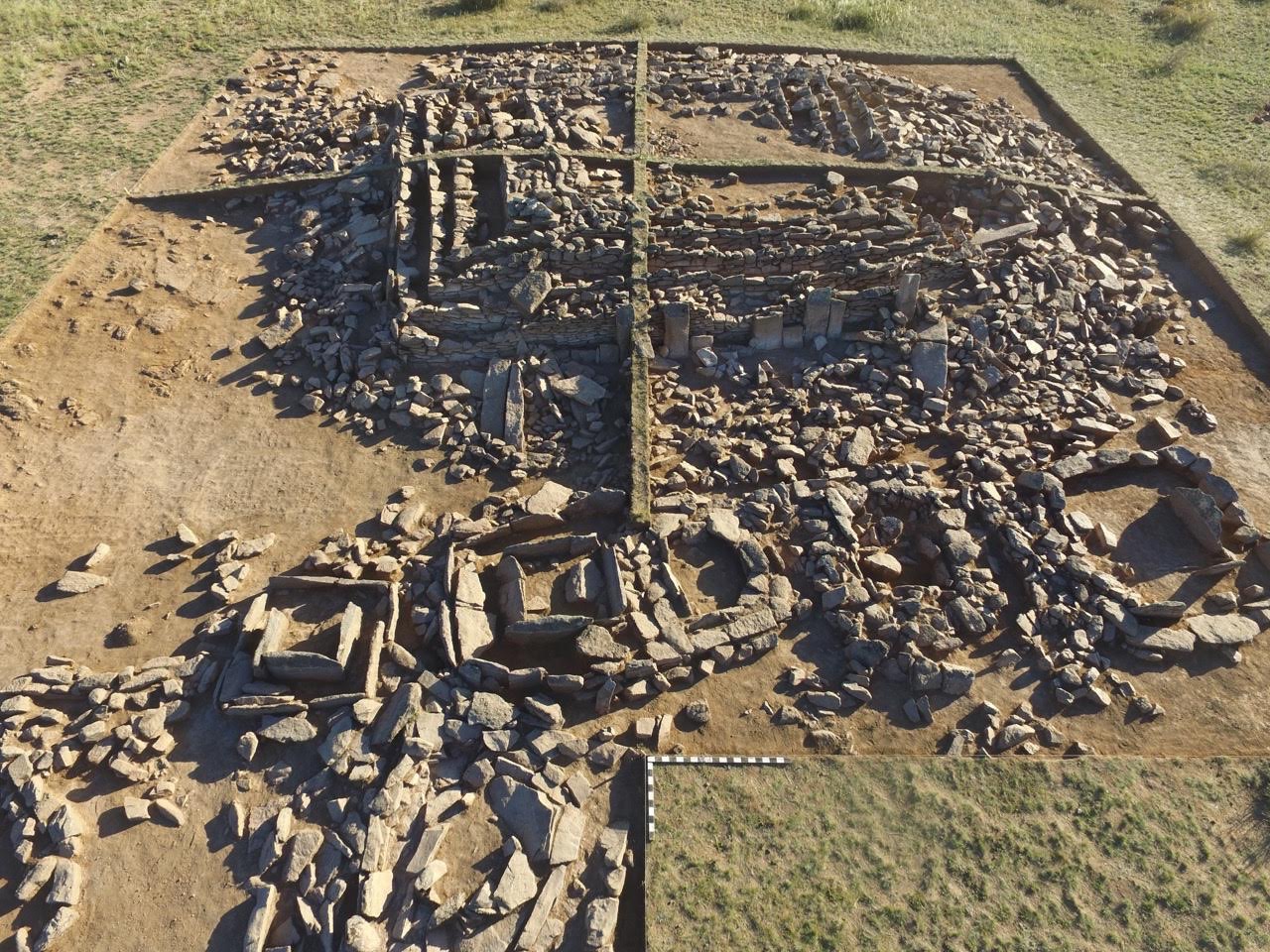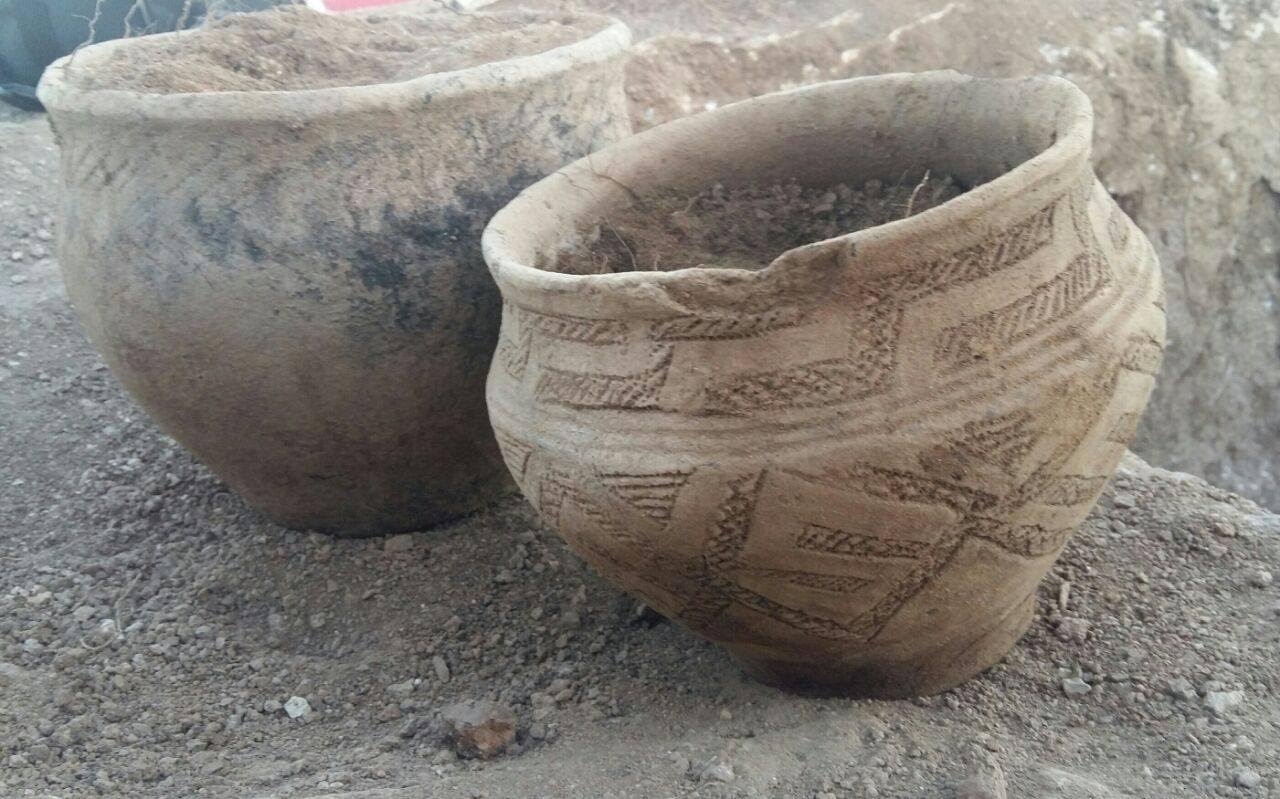No, That Ancient Mausoleum Is Not the 'World's 1st Pyramid'

The discovery of a 3,000-year-old pyramid-shaped mausoleum in Kazakhstan has gone viral over the past 24 hours, with several media outlets proclaiming the structure to be the world's first pyramid. But archaeologists say the structure, which contains a series of five walls that gradually get higher toward the center, is not nearly as old as these news reports claim.
The mausoleum is 6.6 feet (2 meters) high and about 49 by 46 feet (15 by 14 m) long, said Viktor Novozhenov, an archaeologist with the Saryarka Archaeological Institute at Karaganda State University in Kazakhstan who helped excavate the mausoleum. "It's made from stone, earth and fortified by slabs in the outer side," Novozhenov told Live Science. A number of media outlets that reported the discovery did not include the size of the structure, which, compared to Egypt's royal pyramids, is very small.
While the exact age of the structure is uncertain, it likely was built during the late Bronze Age, more than 3,000 years ago, Novozhenov said. This is more than 1,000 years after the Egyptians built the step pyramid of Djoser, Novozhenov said, so it is not the "world's first pyramid." [In Photos: Egyptian Pyramid Predates Giza Landmark]

The mausoleum's burial chamber had been robbed, although graves found near the mausoleum yielded the remains of pottery, a knife and bronze objects, Novozhenov said. Before the mausoleum was robbed, it would have held the burial of a clan leader, and not a pharaoh as has been stated in some online accounts of the discovery, Novozhenov said.
The design of the mausoleum, with its five walls that gradually get higher, is similar in some ways to the step pyramid of Djoser, built about 4,700 years ago at the site of Saqqara in Egypt, Novozhenov explained. The Djoser pyramid, which is far larger than the recently discovered Kazakhstan mausoleum, has six layers piled on top of one another to form a flat-topped pyramid.
While the mausoleum isn't the world's first pyramid it is nevertheless an interesting find said Novozhenov who notes that a lot more work needs to be done. "We need a lot of additional analyses and hard work for interpretation."
Novozhenov said that excavation of the mausoleum is being led by Igor Kukushkin, who is also from the Saryarka Archaeological Institute at Karaganda State University in Kazakhstan.
Sign up for the Live Science daily newsletter now
Get the world’s most fascinating discoveries delivered straight to your inbox.
Original article on Live Science.

Owen Jarus is a regular contributor to Live Science who writes about archaeology and humans' past. He has also written for The Independent (UK), The Canadian Press (CP) and The Associated Press (AP), among others. Owen has a bachelor of arts degree from the University of Toronto and a journalism degree from Ryerson University.









